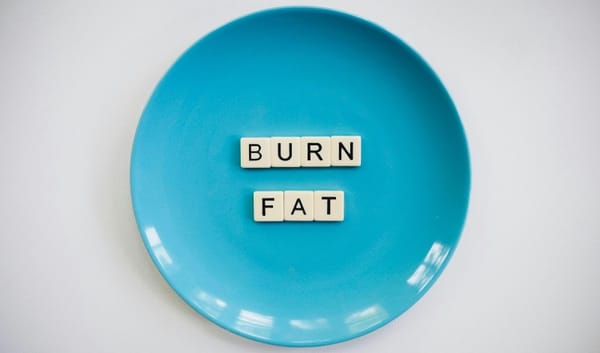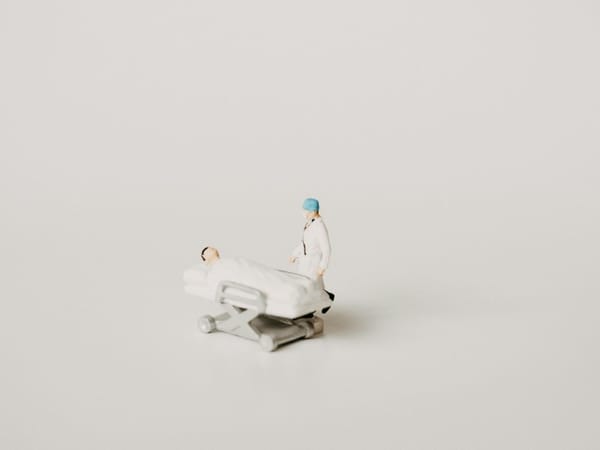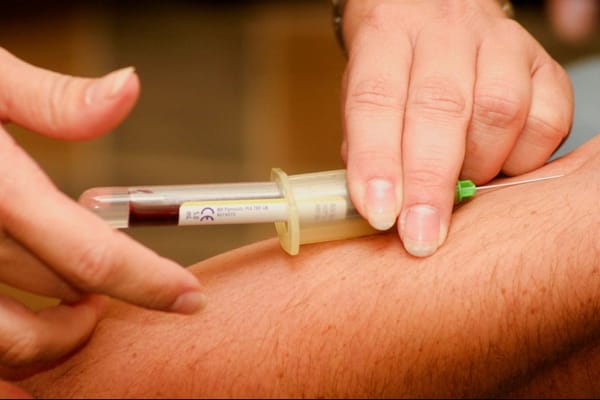Recent research suggests that engaging in aerobic exercise may significantly improve sleep quality for adolescents recovering from concussions. This finding offers new hope for enhancing recovery outcomes and managing post-concussion symptoms in young patients. Let's delve into the details of this groundbreaking study and explore its implications for concussion management in adolescents.
The Study: Exercise and Sleep Quality in Adolescent Concussion Patients
A recent study funded by the Eunice Kennedy Shriver National Institute of Child Health and Human Development has shed light on the potential benefits of aerobic exercise for adolescents recovering from concussions[2]. The research, conducted by David Howell, Ph.D., Mathew Wingerson, M.S., and their colleagues at the University of Colorado, examined the relationship between exercise volume and sleep quality in young concussion patients.
Study Design and Participants
The study involved 36 adolescents aged 10 to 17 who had been diagnosed with a concussion and were still experiencing symptoms within 18 days of their diagnosis[2]. Participants were divided into two groups:
- Higher volume exercise group: 15 participants who completed more than 150 minutes of aerobic exercise per week
- Lower volume exercise group: 21 participants who logged fewer than 150 minutes of aerobic exercise per week
Each participant was given a Fitbit smart watch to record their physical activity levels. The study included two visits:
- First visit: Approximately 8 days after diagnosis
- Second visit: An average of 34 days after the first visit
During both visits, participants completed the Pittsburgh Sleep Quality Inventory, a questionnaire designed to assess sleep quality.
Key Findings
The results of the study were promising:
- The higher volume exercise group showed significantly greater improvement in sleep quality compared to the lower volume group.
- On average, the higher volume exercise group improved their score on the sleep inventory scale by 5 points.
- In contrast, the lower volume exercise group only showed a 1-point improvement on average.
These findings suggest that engaging in more than 150 minutes of aerobic exercise per week during concussion recovery may be associated with better sleep quality[2].
Understanding Concussions and Their Impact on Sleep
To fully appreciate the significance of this study, it's essential to understand what concussions are and how they affect sleep patterns in adolescents.
What is a Concussion?
A concussion is a mild form of traumatic brain injury that occurs when the brain moves rapidly inside the skull, typically due to a blow to the head or violent shaking[2]. While concussions can range in severity, they often result in a variety of symptoms that can persist for days, weeks, or even months.
Concussion Symptoms and Sleep Disturbances
Common concussion symptoms include:
- Headaches
- Dizziness
- Fatigue
- Difficulty concentrating
- Sleep disturbances
Sleep problems are a particularly troublesome aspect of concussion recovery, as poor sleep quality can exacerbate other concussion symptoms and potentially prolong the recovery process[2]. Many concussion patients experience difficulties falling asleep, staying asleep, or achieving restorative sleep.
The Importance of Sleep in Concussion Recovery
Quality sleep plays a crucial role in the healing and recovery process after a concussion. During sleep, the brain undergoes important restorative processes that are essential for cognitive function, emotional regulation, and overall health. For adolescents recovering from concussions, adequate sleep is particularly vital as it supports:
- Brain healing and repair
- Cognitive recovery
- Emotional regulation
- Physical recovery and symptom management
Given the importance of sleep in concussion recovery, finding effective ways to improve sleep quality in adolescent patients is a key focus for researchers and healthcare professionals.
The Role of Exercise in Concussion Recovery
While rest has traditionally been the primary recommendation for concussion recovery, recent research has begun to explore the potential benefits of controlled exercise in the recovery process.
Shifting Paradigms in Concussion Management
Historically, complete rest was the standard recommendation for concussion patients. However, emerging evidence suggests that carefully managed physical activity may offer benefits for recovery, particularly when introduced at the right time and intensity.
Benefits of Aerobic Exercise for Concussion Patients
Aerobic exercise, when performed below a heart rate that worsens symptoms, has been reported to provide several benefits for concussion patients:
- Symptom relief
- Improved blood flow to the brain
- Enhanced neuroplasticity
- Reduced inflammation
- Improved mood and reduced anxiety
The recent study on sleep quality adds to this growing body of evidence, suggesting that aerobic exercise may also play a role in improving sleep patterns for adolescents recovering from concussions.
Implications for Concussion Management in Adolescents
The findings of this study have several important implications for the management of concussions in adolescent patients.
Potential for Improved Recovery Outcomes
By incorporating appropriate levels of aerobic exercise into concussion recovery plans, healthcare providers may be able to address two critical aspects of recovery simultaneously:
- Promoting physical healing and symptom management through exercise
- Improving sleep quality, which can further support overall recovery
This dual approach could potentially lead to faster and more comprehensive recovery for adolescent concussion patients.
Personalized Exercise Prescriptions
The study's findings highlight the importance of tailoring exercise recommendations to individual patients. While more than 150 minutes of aerobic exercise per week was associated with better sleep quality in this study, it's crucial to remember that each concussion case is unique. Healthcare providers should consider factors such as:
- Severity of concussion symptoms
- Patient's pre-injury fitness level
- Individual tolerance to exercise
- Overall health and any pre-existing conditions
Monitoring and Adjustment
The use of wearable devices, such as the Fitbits employed in the study, offers a valuable tool for monitoring physical activity levels and sleep patterns in concussion patients. This data can help healthcare providers:
- Track patient adherence to exercise recommendations
- Monitor sleep quality improvements over time
- Make necessary adjustments to recovery plans based on individual progress
Considerations and Future Research
While the results of this study are promising, it's important to note some limitations and areas for future research.
Study Limitations
The researchers acknowledged that the study design did not allow for the establishment of a direct cause-and-effect relationship between exercise and improved sleep quality[2]. It's possible that patients who slept better were simply more capable of exercising due to feeling more refreshed, rather than the exercise directly causing improved sleep.
Need for Larger-Scale Studies
With a sample size of 36 participants, this study provides valuable preliminary data. However, larger-scale studies will be necessary to confirm these findings and explore the relationship between exercise and sleep quality in concussion recovery more comprehensively.
Exploring Optimal Exercise Protocols
Future research should focus on determining the most effective exercise protocols for improving sleep quality in adolescent concussion patients. This may include investigating:
- Optimal exercise duration and frequency
- Most beneficial types of aerobic exercise
- Ideal timing for introducing exercise during the recovery process
- Potential differences in exercise response based on factors such as age, sex, and concussion severity
Practical Advice for Parents and Caregivers
For parents and caregivers of adolescents recovering from concussions, these findings offer some practical considerations:
- Consult with healthcare providers: Always follow the guidance of medical professionals when managing concussion recovery.
- Gradually introduce exercise: If approved by a healthcare provider, consider gradually introducing light aerobic exercise into the recovery routine.
- Monitor symptoms: Keep track of how exercise affects concussion symptoms and sleep patterns.
- Prioritize sleep hygiene: Encourage good sleep habits, such as maintaining a consistent sleep schedule and creating a comfortable sleep environment.
- Use wearable devices: Consider using a fitness tracker to monitor physical activity levels and sleep patterns during recovery.
- Be patient: Remember that concussion recovery is a process, and improvements may take time.
Conclusion
The recent study suggesting that aerobic exercise may improve sleep quality for adolescents recovering from concussions represents an exciting development in concussion management. By potentially addressing both physical recovery and sleep quality, this approach could offer a more comprehensive path to healing for young concussion patients.
As research in this area continues to evolve, it's crucial for healthcare providers, parents, and caregivers to stay informed about the latest findings and recommendations. While exercise shows promise as a tool for improving sleep quality and overall recovery, it's essential to remember that each concussion case is unique and requires individualized care.
By combining emerging research with personalized treatment plans, we can work towards optimizing recovery outcomes for adolescents dealing with the challenges of concussion recovery. As we continue to unlock the complex relationships between exercise, sleep, and brain healing, we move closer to more effective and holistic approaches to concussion management in young patients.
[1][2][3][4][5][6]
Citations:
[1] https://www.nichd.nih.gov/newsroom/news/080124-aerobic-exercise-after-concussion
[2] https://onlinelibrary.wiley.com/doi/abs/10.1002/pmrj.12939
[3] https://www.ncbi.nlm.nih.gov/pmc/articles/PMC8776269/
[4] https://www.sciencedirect.com/science/article/abs/pii/S1440244023000294
[6] Exercise May Boost Sleep Quality After Adolescent Concussions | Sleep Review (sleepreviewmag.com)













Member discussion